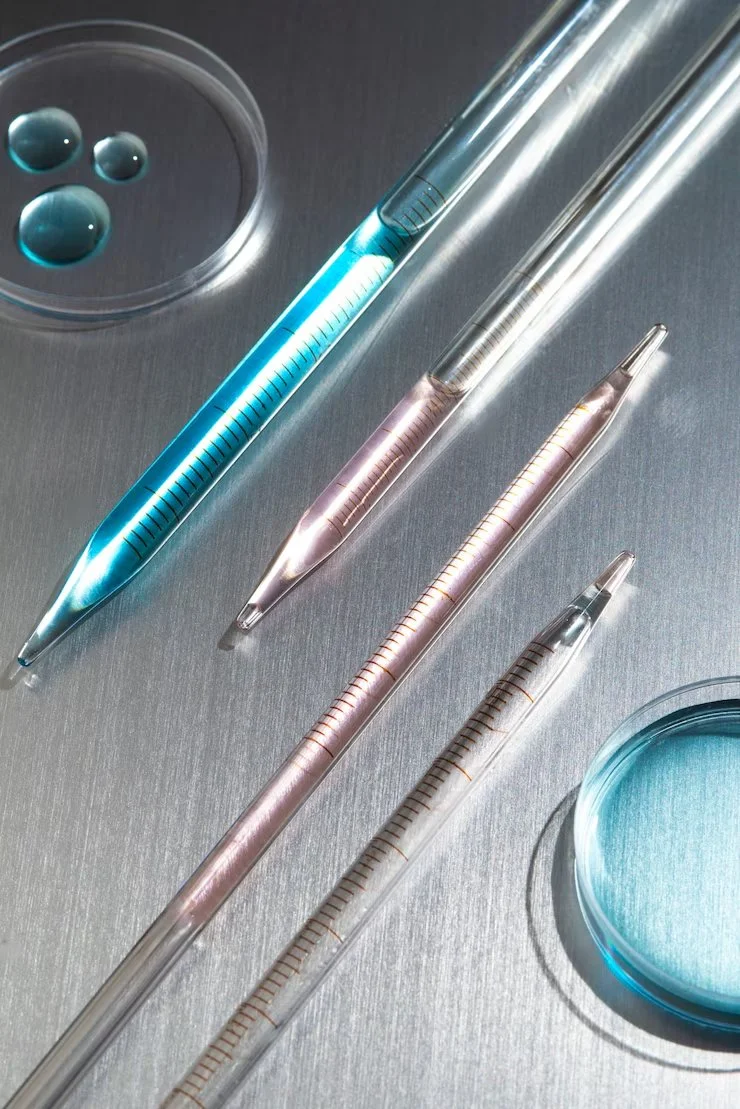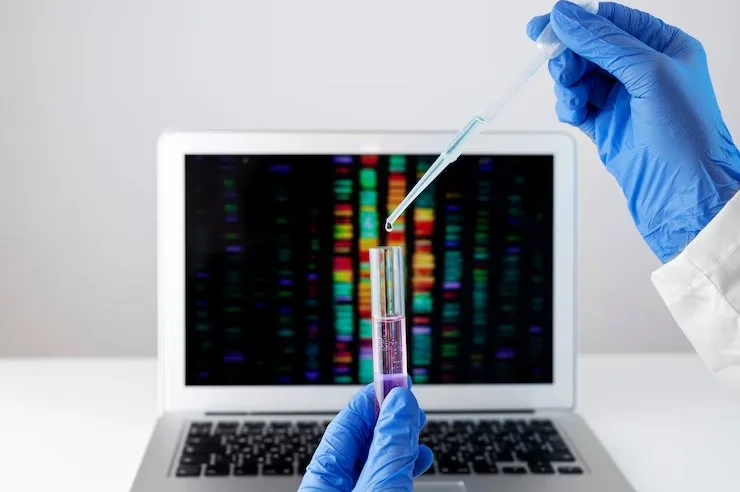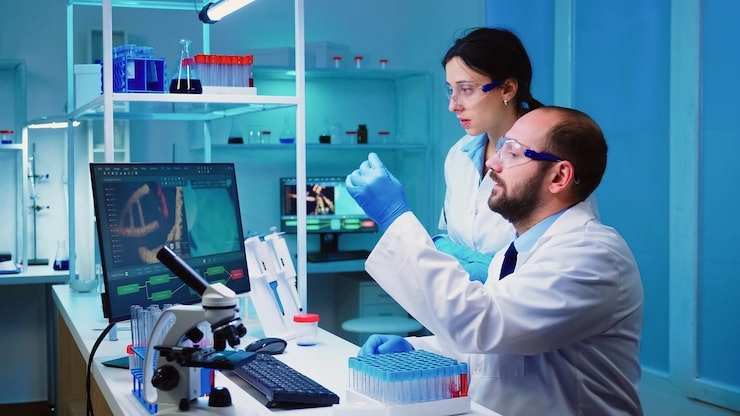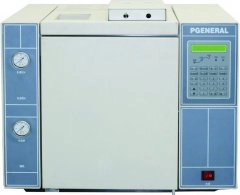Size Exclusion Chromatography (SEC) is a useful method for separating particles based on their size and weight. Whether you’re a scientist studying proteins, a researcher examining large molecules, or a worker checking food quality, knowing what makes particles move quickly in SEC can improve your work. In this blog, we explore the basics, factors, parts, and uses of SEC. We also share how we at PERSEE help with your chromatography needs using new tools.

Principles of Size Exclusion Chromatography
SEC, also called gel filtration or gel permeation chromatography, sorts particles by size, not by chemical reactions. The column has tiny beads with holes. Small particles enter these holes and take a longer path. Big particles pass through quickly. This difference separates them based on size.
The main idea is that larger particles skip the holes. They move faster. SEC avoids strong reactions between the sample and the beads. This makes it great for sorting complex mixtures like proteins or large molecules.
Factors Influencing Movement Speed in Size Exclusion Chromatography
Several things affect how fast particles travel in an SEC column. Understanding these helps you make your experiments quicker and better.
The Impact of Molecular Weight on Elution Time
Molecular weight decides how fast particles leave the column. Big particles with more weight skip the holes. They exit quickly. Small particles enter the holes. They take longer.
- Key Point: The link between weight and exit time is not linear. A well-set SEC system gives clear weight results.
- Helpful Tip: Pick a column with holes that match your sample’s weight range. This improves speed and clarity.
How Pore Size Distribution Affects Separation Efficiency
The size of holes in the beads changes how well particles separate. Columns with similar-sized holes give steady results. Columns with varied hole sizes may mix particles.
- Small Hole Range: Best for samples with close weights. It gives sharp results and quick movement.
- Wide Hole Range: Good for mixed samples but may blur close-sized particles.
Our chromatography products have columns with ideal hole sizes for many uses. They ensure good speed and results.
The Effect of Sample Concentration and Flow Rate
Sample thickness and flow speed affect speed and clarity:
| Factor | Impact on Speed | Tips |
| Sample Thickness | Thick samples may slow movement due to stickiness. | Use thin samples. This keeps movement fast and avoids blurry results. |
| Flow Speed | Faster flow shortens time but may reduce clarity. | Adjust flow speed based on column rules and sample type. |
By tweaking these, you get quicker results without losing quality.
Key Components of a Size Exclusion Chromatography System
A strong SEC system needs good parts for quick and reliable results. Here’s what matters.
Characteristics of the Stationary Phase Materials
The stationary phase is the core of SEC. It’s often beads made of silica or plastic with set hole sizes. Important features include:
- Many Holes: Helps sort particles of different sizes.
- Strong Build: Stays stable with various liquids.
- Even Bead Size: Boosts column work and lowers pressure.
We at PERSEE make SEC columns with top-quality beads. They give steady results. Check our chromatography products to find the best column for you.

Importance of Mobile Phase Composition
The liquid in SEC is often a water-based solution or solvent. It stops unwanted reactions between the sample and beads. Things to consider include:
- pH and Strength: Keep samples stable and avoid clumping.
- Thickness: Thin liquids allow faster flow.
- Fit: Match the liquid to the beads to protect the column.
Our systems work with many liquids. This gives you flexibility for your needs.
Equipment Calibration and Maintenance for Optimal Performance
Regular checks and care keep SEC working well:
- Checks: Use known weight standards to test the column.
- Care: Clean columns often to avoid blockages. This keeps results steady.
- System Tests: Watch pump pressure and detector strength for smooth flow.
Need help with checks or care? Our PERSEE team is here. Contact us for expert support.
Applications of Size Exclusion Chromatography in Various Fields
SEC is helpful in many areas. Here are some key uses.
Use in Protein and Polymer Analysis
SEC checks proteins and large molecules by finding their weight and size spread. It’s useful for:
- Protein Cleaning: Separates proteins without harm.
- Molecule Testing: Checks weight spread for quality control.
Relevance in Biopharmaceutical Development
In medicine, SEC ensures drugs like proteins and antibodies are pure and stable. It spots clumps that could affect drug safety or strength.
Application in Food Quality Testing
SEC tests food parts like sugars and proteins. This ensures food stays consistent and safe.
PERSEE: A Reliable Partner for Chromatography Solutions
At PERSEE, we are proud to support labs worldwide. Since 1991, we’ve worked to improve science with new tools and great service.
Overview of PERSEE’s Expertise in Chromatography
With over 30 years of work, we excel in making strong chromatography systems. Our quality is backed by certifications like ISO9001, ISO14001, OHSAS18001, and CE.
Product Offerings Tailored to Size Exclusion Chromatography Needs
Our chromatography products include advanced SEC systems for speed and accuracy. Features include:
- Clear Columns: Made for various weight ranges.
- Quick Detectors: Scan fully in 2 seconds.
- Flexible Workflows: Support your unique methods and easy data sharing.
Visit our homepage to see how our tools can improve your lab.
Commitment to Quality and Innovation
We focus on new ideas to meet the changing needs of fields like medicine, food testing, and chemicals. Our global service team supports you anywhere.
Conclusion
Knowing what drives quick movement in Size Exclusion Chromatography helps you make separations faster and better. Consider weight, hole size, sample thickness, and flow speed. Use high-quality parts. We at PERSEE offer top chromatography solutions. Want to boost your lab? Contact us today.
FAQs on Size Exclusion Chromatography
What types of molecules are best suited for size exclusion chromatography?
SEC works best for big particles like proteins, sugars, and large molecules with weights from a few thousand to millions of Daltons. Small particles may need other methods like HPLC.
How can I improve resolution in size exclusion chromatography?
To get clearer results:
- Choose a column with holes that fit your sample’s weight range.
- Set flow speed to balance speed and clarity.
- Use a thin liquid to avoid blurry results.
- Clean columns regularly to prevent clogs.
Is size exclusion chromatography suitable for small molecules?
SEC isn’t great for small particles (below 1,000 Da). They enter all holes, so separation is weak. Try methods like HPLC or ion-exchange for small particles.









